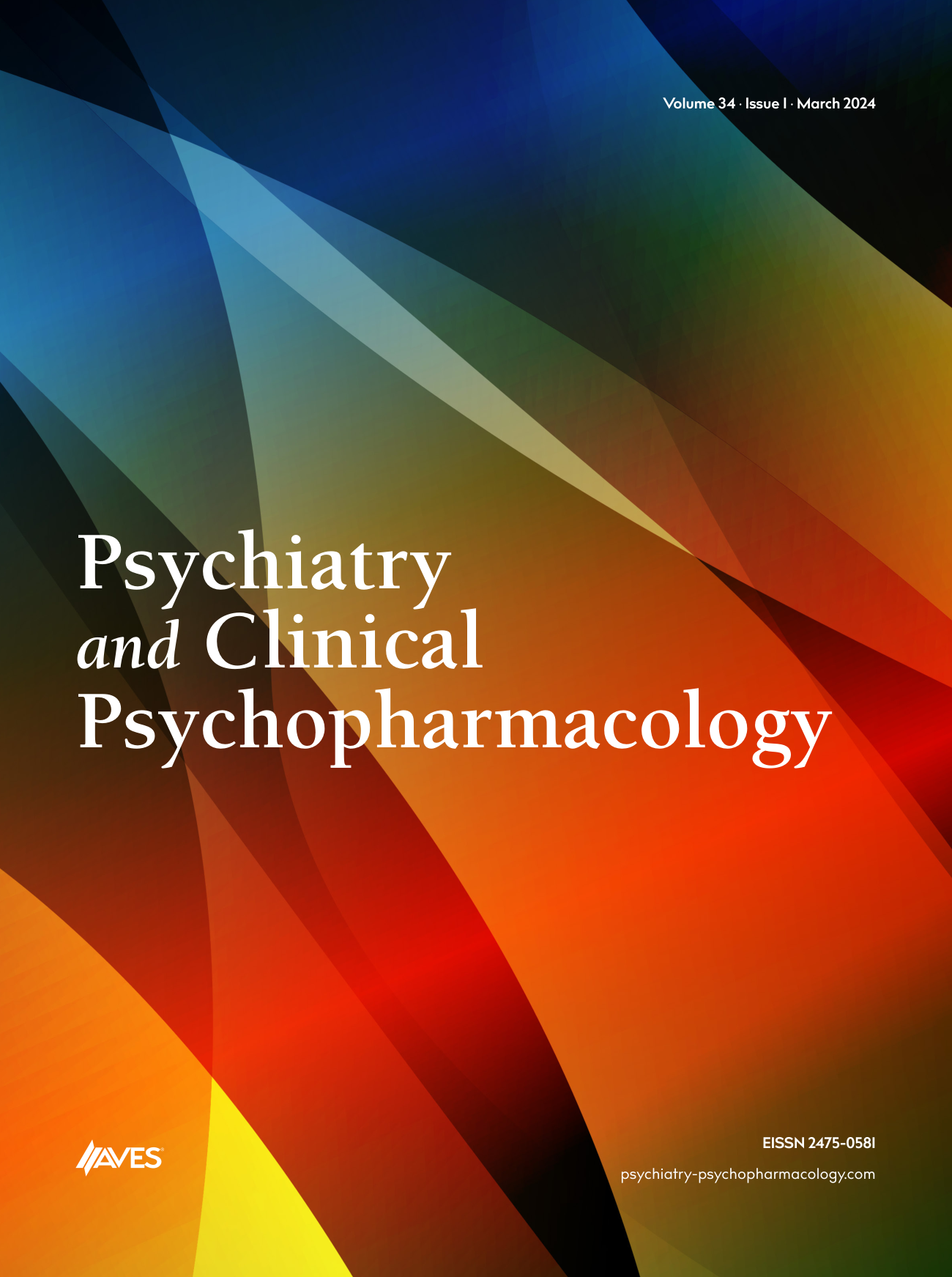Objective: Pregnancy and postpartum period are one of the most risky periods, which mental disorders appear the first time and/or exacerbate the terms of an existing disease. Depressive disorders in women are among the most common mental disorder and its prevalence is highest in this period. In this study, we aimed to determine the prevalence of depression in pregnancy and the postpartum period, in a city center where is the located in Eastern Anatolia Region, where the prevalence of depression of reproductive-age women is higher, compared to other regions.
Method: For this purpose, a total of 463 people in the first trimester of pregnancy were included in this study. In our study, these women were interviewed again six weeks after birth and providing criteria for inclusion were conducted with 360 people. The sociodemographic data form was applied to participants to determine related risk factors, The Edinburgh Postpartum Depression Scale was applied to scan depressive symptoms, the prevalence of depressive disorders was investigated with SCID-I (Structured Clinical Interview for DSM-IV). According to SCID, patients were diagnosed for having depressive disorder; Hamilton Depression Rating Scale was applied to determine the intensity of clinical depression.
Results: In our study, for women in the first trimester of pregnancy, the prevalence of depressive disorders was found to be 16.8%,12.3% with major depressive disorder, 2.6% minor depressive disorder, 0.4% dysthymia and with 1.5%.Participants were rated for each identified disorder. In our study, the prevalence of postpartum depression was 35%. The distribution according to the subgroups of depressive disorder was found as major depression in 26.1%, minor depression 7.5% and double depression in 1.4%. 0.8% of all participants have been identified Dysthymia. Also in the first trimester of pregnancy as well as postpartum depression has been identified as being 13.3% prevalence.
Conclusions: The prevalence of postpartum depression has been found significantly higher than the prevalence of depression in the first three months of pregnancy. This study emphasizes the importance of screening tests and high frequency of depression in women during the reproductive age, especially postpartum period.



